 These are the best of times. These are the worst of times.
These are the best of times. These are the worst of times.
However you see the present, rest assured others see it the opposite.
How do you cope? How do you help others cope? How are you adapting, personally and professionally, to the times in which we live?
It turns out the way you cope, particularly during times of stress, has a lot to do with your unique personality traits.
During such times, it pays to be self-aware. It can help you understand why you may be feeling particularly panicky. Or inexplicably calm and at peace. ANd it can help you lean in to what makes you feel creative, purposeful, and even joyful.
Through self discovery, you can live your life in the best way possible.
Want to make a contribution that feels authentic, productive and true to you? Want to make this a year where you help others do the same, be they your family, friends, co-workers, program participants and beneficiaries, volunteers or donors?
Then how about taking a bit of focused time to unearth some important truths about the most interesting person on earth — YOU!
Now is a terrific time for some good old-fashioned introspection.
Turn off the news, stop scrolling through social media, and instead get in touch with, and appreciate, what you bring to the table.
How to Learn About the Most Interesting Person on Earth
I’ve got four fun things for you to try!
One is a values exercise. The others can be grouped under the mantle of “personality tests.”
First, let’s stipulate values vary and they’re all legitimate. Also, there’s no ‘right’ or ‘wrong’ personality. These exercises and assessments I’m sharing today are my favorites for the workplace (and beyond) as they’ve been rigorously tested, are grounded in research and have been shown to be fair and consistent across populations. Plus, they’re fun to take.
Are you game?
Even if you don’t love doing exercises and taking quizzes as much as I do, you may find one or more of these interesting. None of them take a lot of your time. And it’s even more fun if you do it together (with friends, family, co-workers); then compare and discuss results!
Remember: Everyone brings their own gifts to the situation at hand.




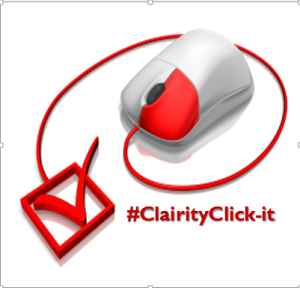


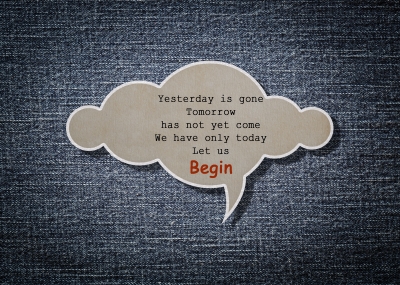
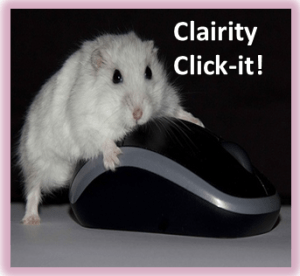
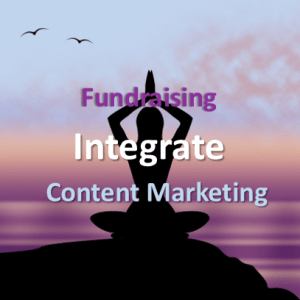
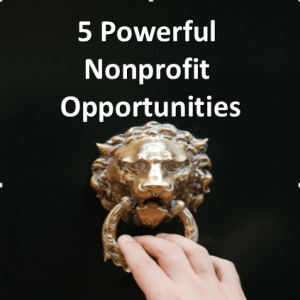








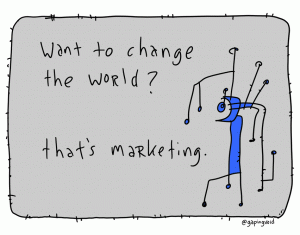



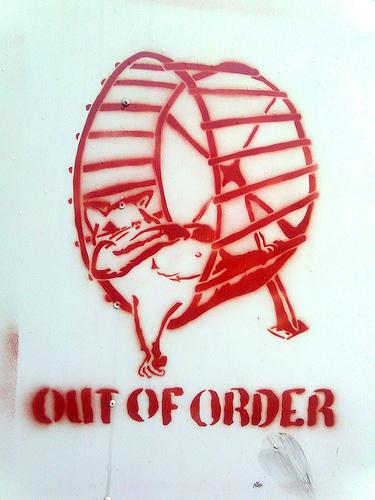


 Have you started working on your annual appeal and year-end fundraising plan?
Have you started working on your annual appeal and year-end fundraising plan?



 What’s in a name?
What’s in a name?
 The major gift journey is a synergistic one. You see, it’s both your journey and your donor’s journey.
The major gift journey is a synergistic one. You see, it’s both your journey and your donor’s journey.
 When you’re not aware you’re making a mistake, it’s hard to avoid it.
When you’re not aware you’re making a mistake, it’s hard to avoid it.
 These are the best of times. These are the worst of times.
These are the best of times. These are the worst of times.

 People are wired for stories
People are wired for stories


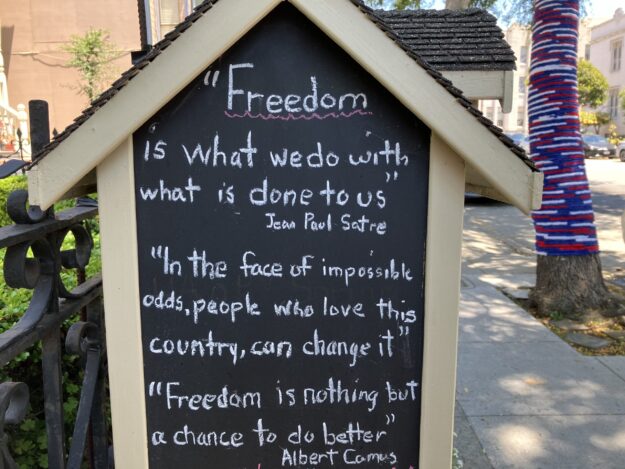
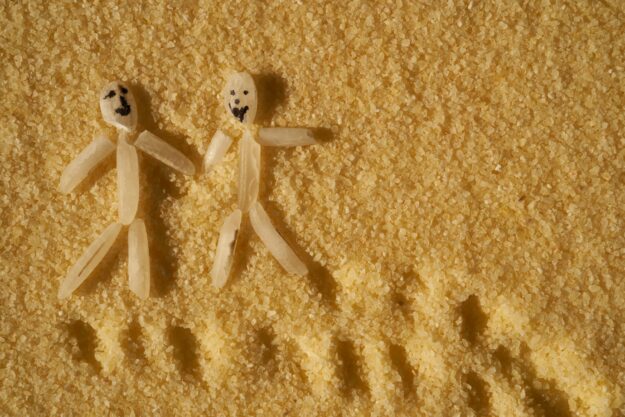




 In my last article I talked about
In my last article I talked about 